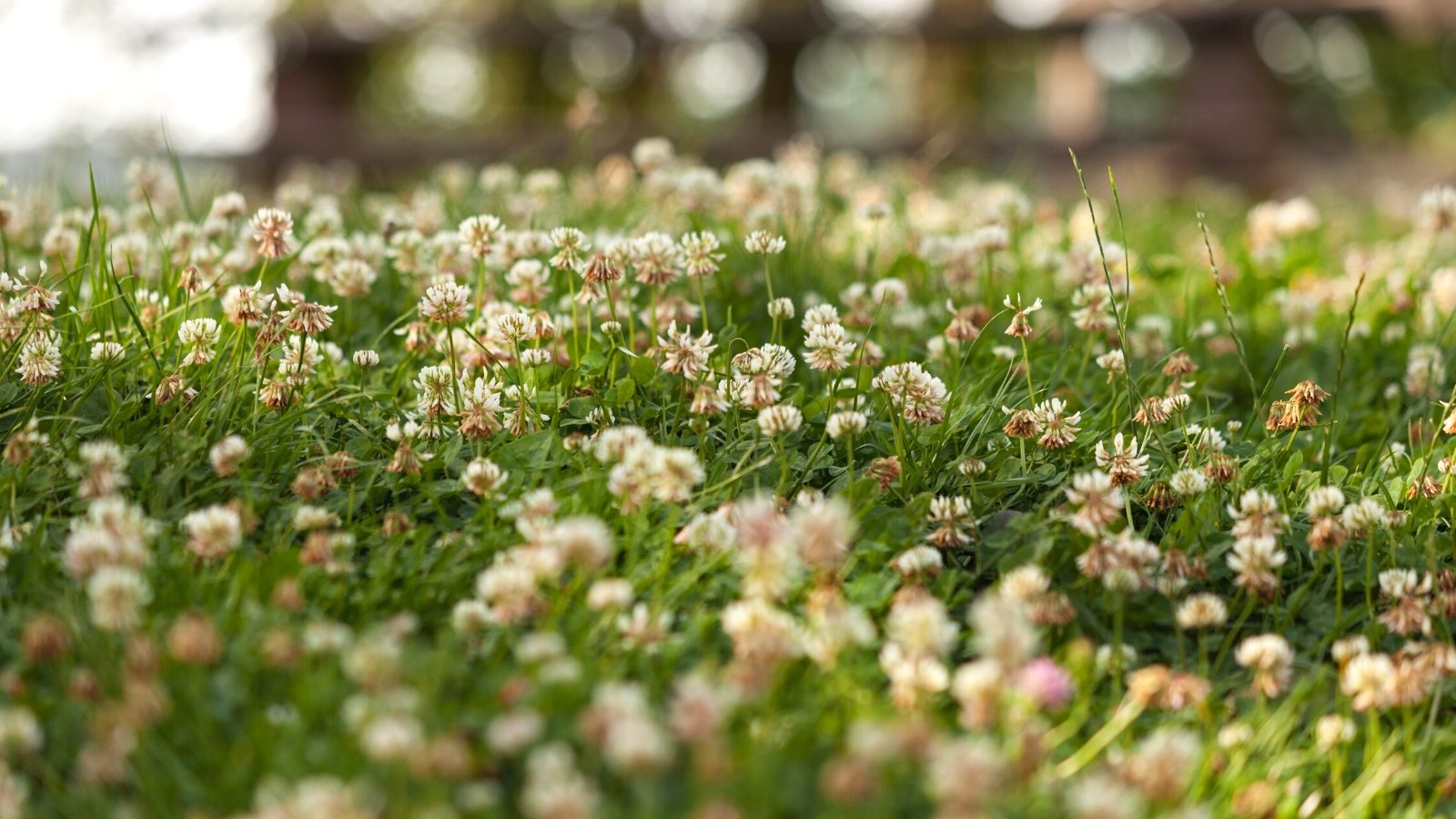[ad_1]
House owners have been battling the climate for a few years to understand lush, inexperienced, fully manicured turf grass lawns. For many individuals, it’s been an pricey and environmentally unfriendly fight as we throw good {{dollars}} after unhealthy at irrigation, weed suppression, and maintenance.
Irritated, cost-conscious, and craving sustainability, property owners and panorama designers are seeking one factor completely completely different. There’s rising curiosity in altering turf grass lawns with compact, low-growing vegetation that hit the equivalent notes as typical grass. All points thought-about, we’re questioning if flooring cowl is more likely to be a larger completely different for our particular desires.
If altering a grass backyard with flooring cowl is one factor you’ve been considering, you’ve come to the right place. Study on for a listing of the execs and cons of placing in a flooring cowl backyard, plus a rundown of probably the most well-liked vegetation for the job.
Execs
Relying in your particular desires and wishes, there are many advantages to choosing flooring cowl over typical grass lawns. It’s sometimes thought-about most likely probably the most atmosphere pleasant chance and generally reduces your detrimental affect on the ecosystem. It’s moreover easier on the pocketbook in the long run. Let’s take a look on the key benefits of placing in one other backyard:
Water Conservation
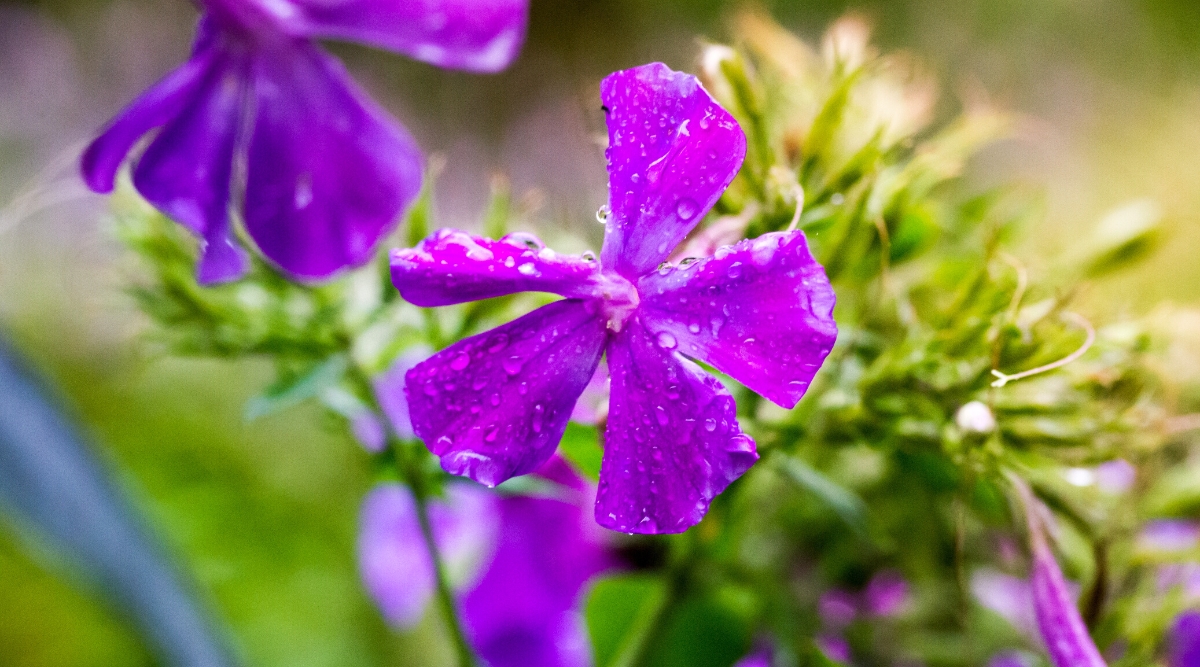

A lush inexperienced backyard would not happen with out intervention from each man or nature. It requires an abundance of water, each from the sky or from supplemental irrigation. Grass lawns in areas with above-average rainfall couldn’t need pretty as quite a bit consideration as individuals who experience intense drought or heat. Nonetheless, a healthful backyard guzzles water want it’s going out of favor, and property owners must be able to quench this thirst.
We might arrange sprinkler packages or commit an hour each morning to wetting the backyard with a hose. We might moreover use rainwater captivation strategies or redirect roof drainage, nonetheless we’re always going to be inquisitive about water.
Ground cowl lawns, alternatively, are far a lot much less taxing on the native water present and significantly a lot much less prone to precipitation ranges. When soil circumstances and hardiness zone are factored into selecting the right flooring cowl plant for the positioning, supplemental watering desires are generally minimal to nonexistent. That may be very true when native flooring cowl is utilized.
Decreased Repairs


Together with irrigation, typical grass lawns require mowing, aerating, overseeding, dethatching, and weed administration. Anyone who’s battled dandelions, clover, or creeping Charlie will inform you the way quite a bit time, aggravation, and money a turf backyard can suck out of your summer season. Chemical weed functions, fertilizer, and gas mowers even have predominant detrimental impacts on native ecosystems. This has prompted many individuals to ditch the inexperienced grass for a further accountable completely different.
When accurately chosen and put in, flooring cowl vegetation can reduce these maintenance requirements significantly. A dense carpet of flooring cowl, akin to creeping Jenny or ajuga, will protect soil moisture and maintain roots cool. It will moreover cease many weed seeds from seeing the sunshine of day, reducing or eliminating chemical weed administration.
With ground-cover lawns, house owners can ditch the mower and dethatcher completely. They may moreover fertilize significantly a lot much less (if the least bit) and go for pure provides comparatively than harsh systemic killers. Except for season-ending cutbacks and some occasional thinning, maintenance requires on a ground-cover backyard will most likely be minimal.
Erosion Administration
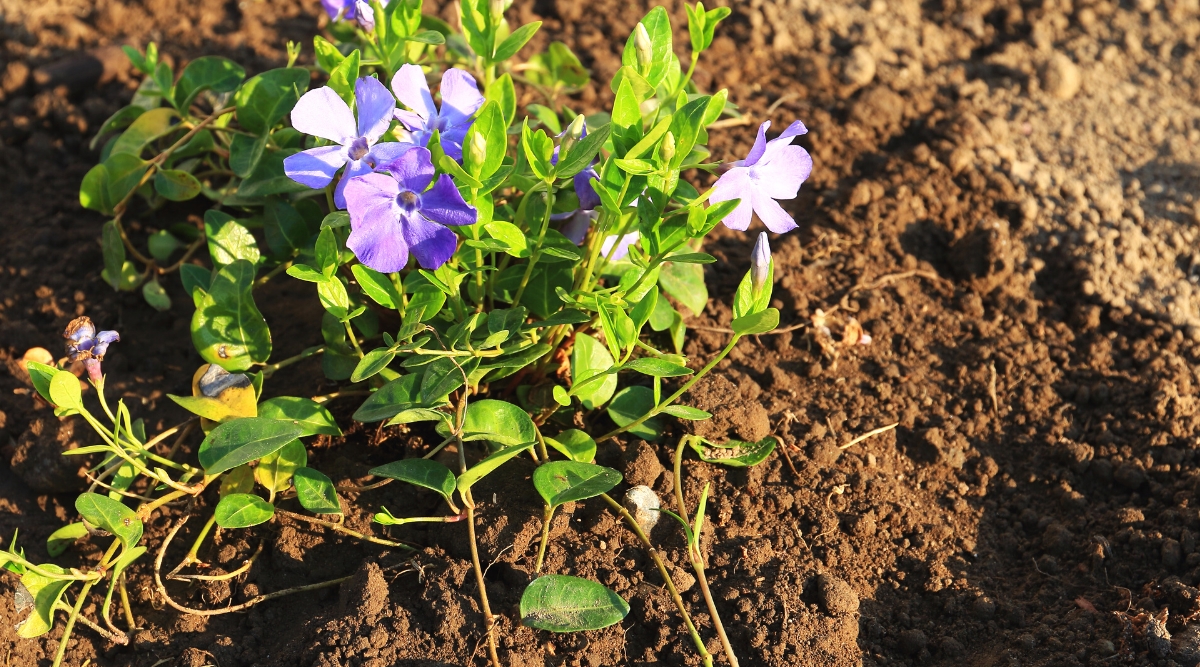

When grass is careworn by drought, sickness, or inadequate daylight, it turns into skinny, sparse, and fragile. Whereas a thick, healthful backyard will assist mitigate erosion from wind and water, a weak backyard sometimes leads to soil loss and terrain change.
Ground cowl vegetation have stronger, deeper roots and will keep the soil in place greater than grass. They’re notably helpful on a slope, and so they aren’t as inclined to erosion attributable to frequent watering or storm runoff. Native flooring covers have a symbiotic relationship with the current soil microbiome as properly. This extra helps a healthful soil development.
Soil Enchancment
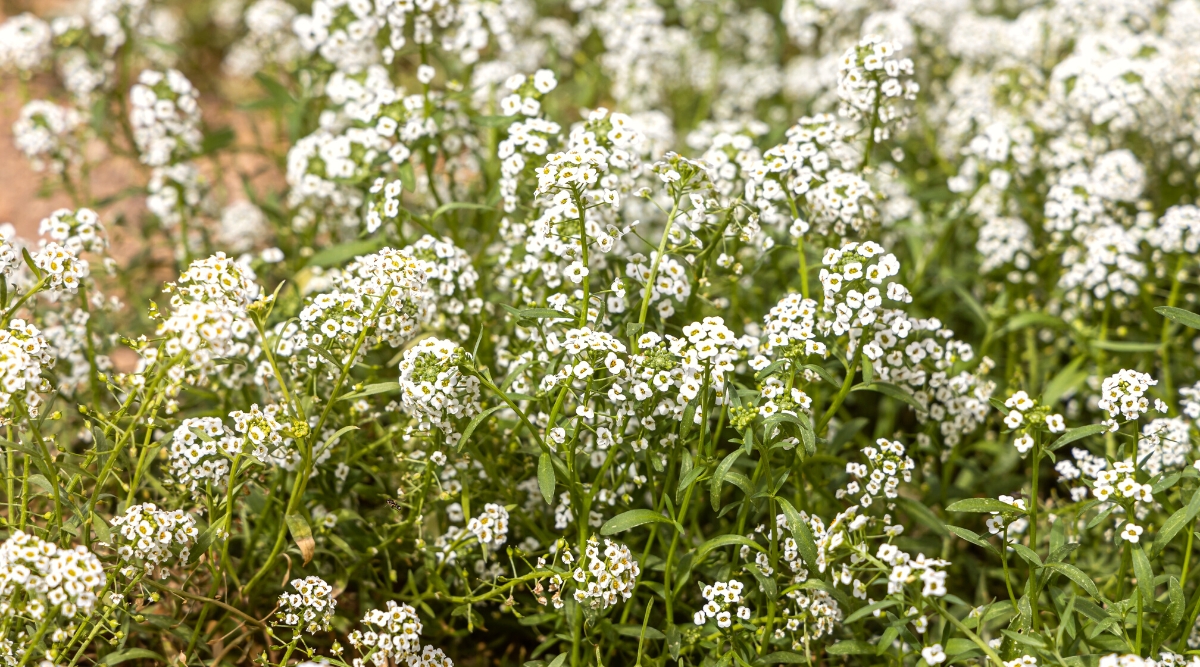

Counting on what kind of flooring cowl you’re using, most vegetation will improve the underside soil in various strategies. Since flooring cowl vegetation have root packages which may be denser and deeper than most transient grass roots, they naturally improve soil infiltration. This means water is slowed and successfully delivered to the soil’s sublayers comparatively than working quickly off its flooring.
Ground cowl moreover aerates the soil as roots broaden and work their means downward. This loosens soil which can be compact or clay-heavy, lastly reducing runoff. Crops that decompose cyclically improve the soil’s nutrient retention, holding nitrogen and phosphorous on the land comparatively than throughout the drains. As a bonus, timber and shut by vegetation will revenue from soil that has been organically improved by flooring cowl comparatively than grass.
Biodiversity
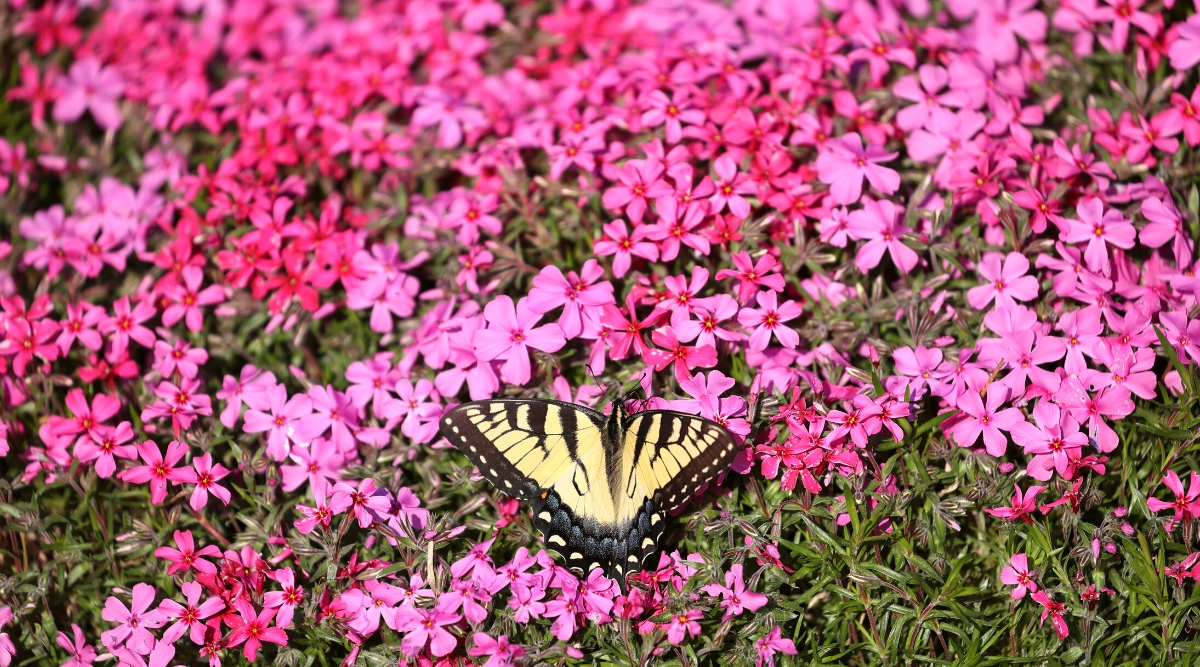

With grass lawns being the same old in most residential neighborhoods, we uncover ourselves with a monoculture that is limiting to the native wildlife. In plain phrases, typical grass lawns are an artificial panorama facet that consumes too large a proportion of the earth’s flooring and reduces biodiversity.
A neatly manicured grass backyard that has been sprayed for weeds affords no meals provide to the bees, butterflies, and birds we would like for pollination. It moreover eliminates or reduces the habitats of many insect and animal species that we depend on to steadiness our ecosystems.
Since plant alternative will fluctuate counting on hardiness zone, website circumstances, native climate, and personal alternative, flooring cowl lawns return biodiversity to our landscapes. They mitigate the detrimental outcomes of neighboring grass backyard monocultures.
Worth Environment friendly
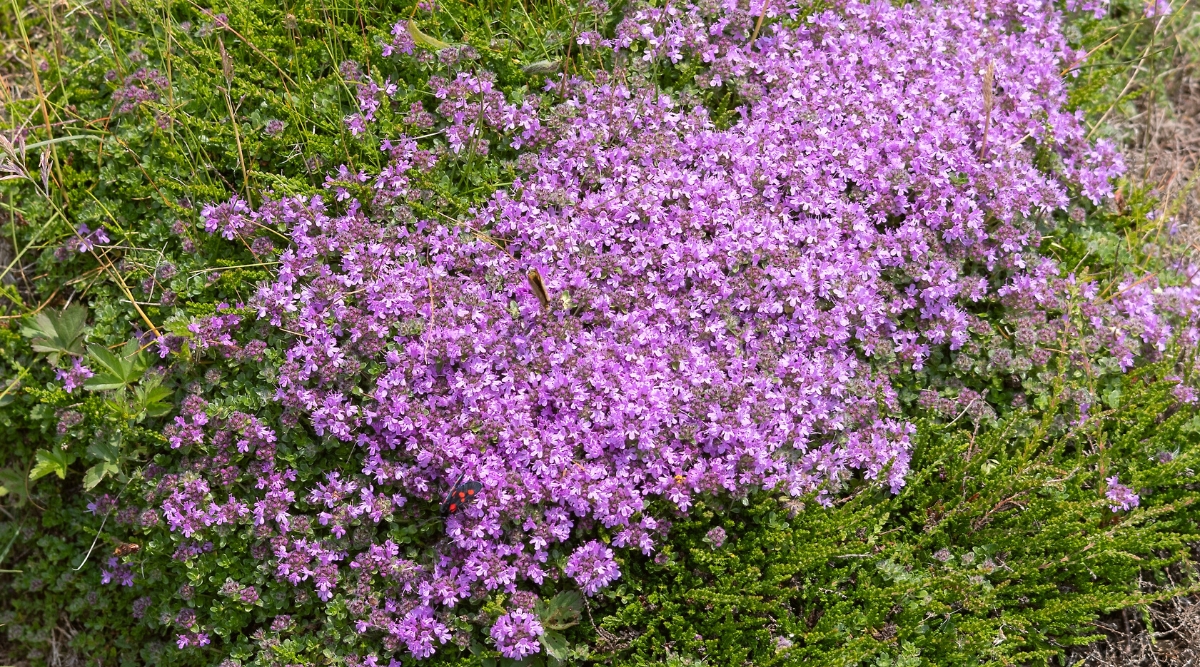

Whereas grass seed is also cheaper initially, an upfront funding in one other backyard pays off in the long run. Counting on what kind of supplies you choose and the way in which large of an house it’s essential to cowl, the start-up costs is more likely to be very important. Nonetheless, they could actually be offset by monetary financial savings in maintenance over time.
With a flooring cowl backyard, the amount of money spent on mowing, fertilizing, dethatching, weeding, watering, and overseeding will decrease exponentially yearly. As vegetation mature and unfold to retain moisture, suppress weeds, discourage runoff, and nourish the soil, the ultimate phrase value will most likely be significantly decrease than that of typical grass.
Cons
Like all controversial factors, the selection backyard movement has some disadvantages as properly. Turf grass followers are quick to stage out that there are many reason flooring cowl choices should be discouraged and even prohibited in residential neighborhoods. Listed under are various of the arguments you’re susceptible to listen to on the subject:
Subjectively Unappealing
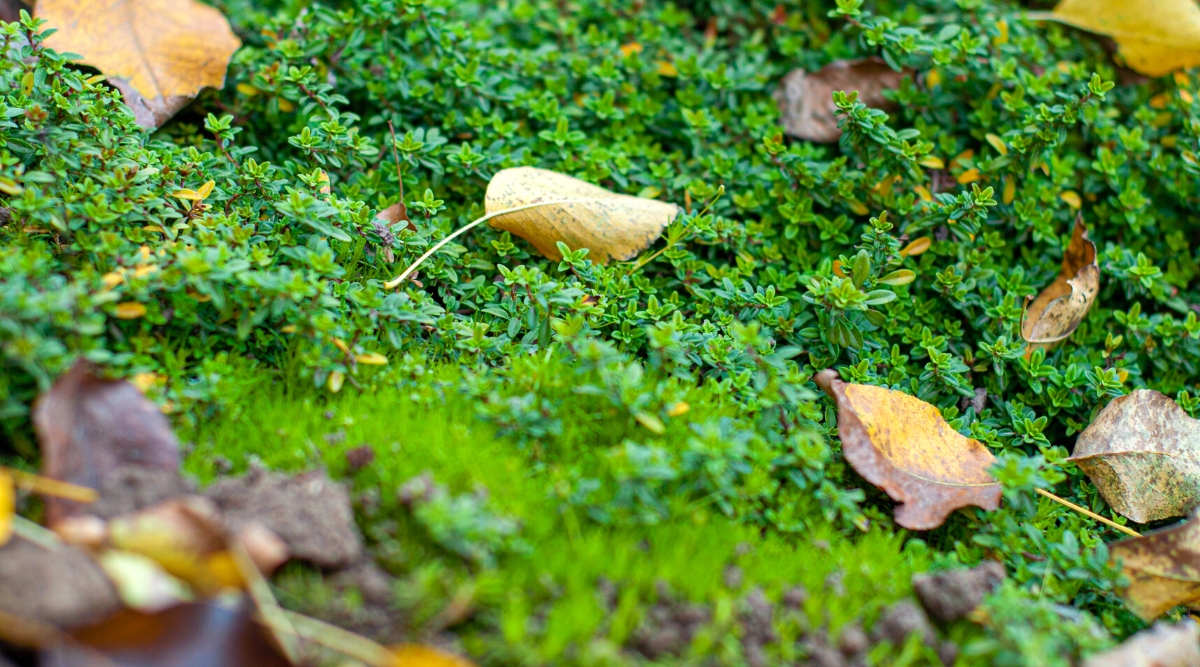

A patch of thick inexperienced backyard has flip into the gold commonplace for suburban home possession, and many individuals are resistant to deviations from this norm. Ground cowl lawns may be sparse and patchy initially, notably once they’re establishing, and there is further mud than vegetation.
In these first few seasons, a home with a flooring cowl backyard can have plant plugs and mulch, whereas completely different properties have swaths of inexperienced grass. That’s more likely to be upsetting to the final neighborhood aesthetic. Even when vegetation have matured proper right into a dense carpet of flooring cowl, there’ll always be one factor ‘completely completely different’ about your property.
A lot much less Smart


One different predominant drawback to flooring cowl lawns is the usefulness situation. Let’s face it, a patch of dense inexperienced grass makes a further sturdy, shock-absorbing play mat for teenagers than a scattering of creeping phlox or sedum. And a canine can run out onto the grass and do his issue with out monitoring a bunch of free mud into the house when he returns. These causes alone are ample to set off many house owners to put the brakes on placing in flooring cowl as a substitute of grass.
Seasonal Change
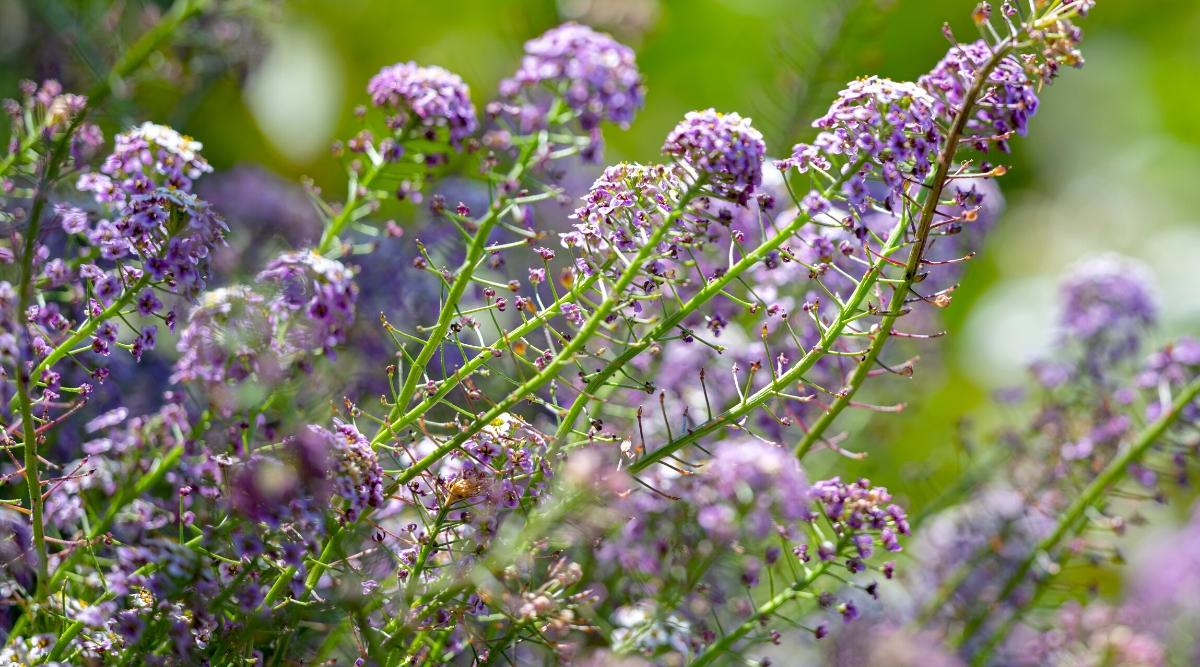

Whereas a grass backyard stays inexperienced and seems simply concerning the equivalent for lots of the yr, a flooring cowl backyard changes with the seasons. It might want tiny flowers in early spring, and its leaves could flip purple in fall.
It could die once more totally all through winter, leaving nothing nonetheless bare earth behind. Or it’s more likely to be scrubby and unattractive all through dormancy. These variations in conduct and look are at odds with what most of us take into consideration an ordinary backyard.
Undesirable Unfold
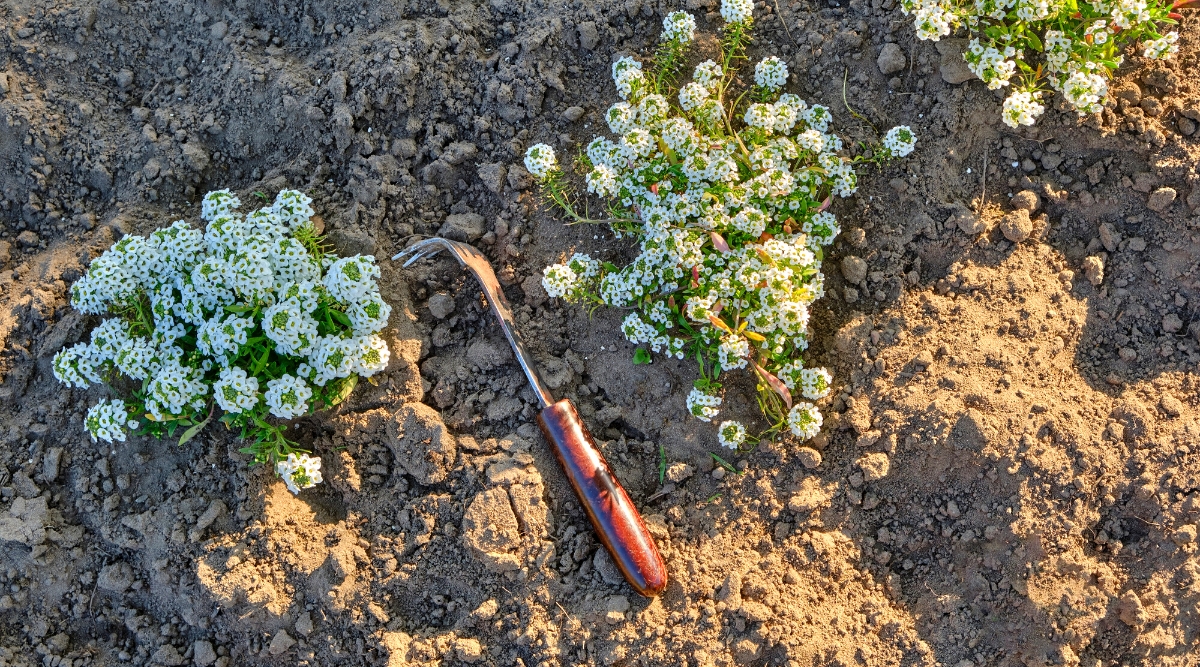

By definition, a flooring cowl plant spreads merely and consumes soil flooring as a result of it matures. Whereas this generally is a good issue whilst you’re attempting to cowl an enormous house quickly, it may presumably flip into a extremely unhealthy issue when the plant jumps into areas the place it’s not wanted.
A plant that spreads by rhizome and seed may be moderately extra aggressive than grass. It may be much more sturdy to handle, notably in areas with out arduous borders. Make sure to take into consideration this situation when deciding to plant flooring cowl and deciding on a cloth in your website.
Initially Expensive
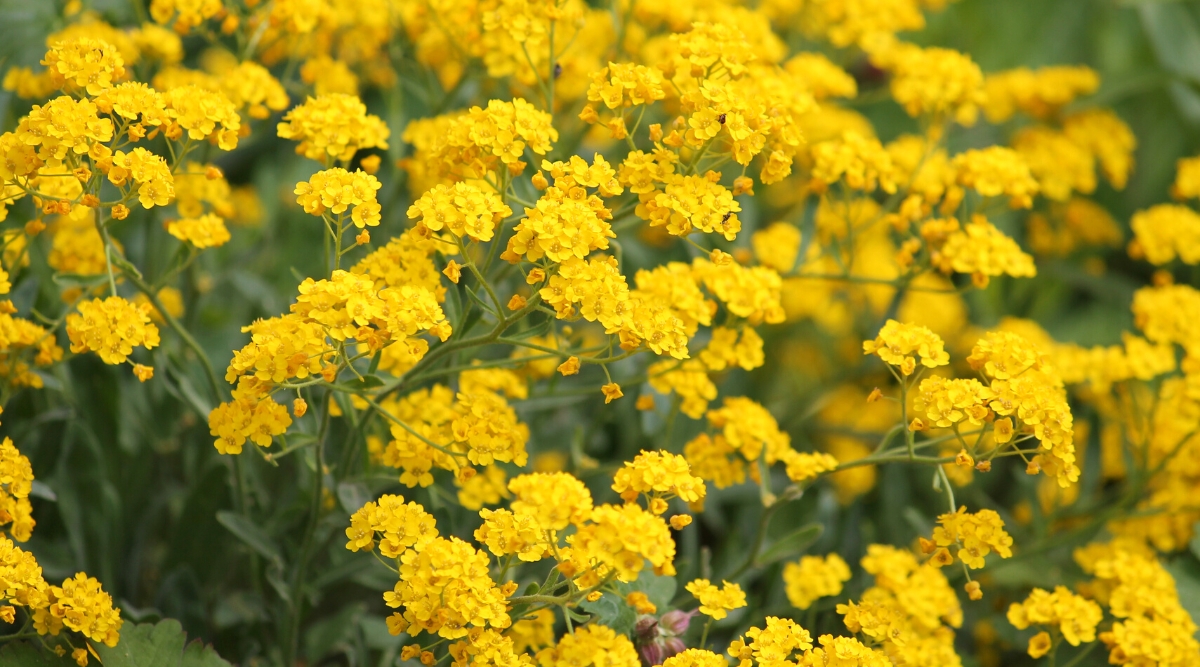

Grass seed is significantly cheap than flooring cowl vegetation. Counting on choice and elements, grass seed generally costs someplace between $1 and $10 per pound. Each pound covers between 100 and 500 sq. toes.
Whether or not or not starting from seed or shopping for nursery-grown vegetation, the preliminary value of placing in flooring cowl will far exceed that of placing in grass. Although the worth will even out (and at last invert) over time, in case your landscaping funds is small, an ordinary backyard is cheaper to place in on the outset.
Ground Cowl Decisions
When deciding on a flooring cowl plant to modify typical turf grass in your panorama, seek for a low-growing, carpet-forming perennial or a mat-like succulent to do the job efficiently. Pay attention to your develop zone along with your soil and light-weight circumstances whereas making your dedication.
You’ll usually have further success deciding on an area flooring cowl as quickly as you establish these two points. Proper right here’s a quick at just a few of our favorite turf backyard choices. Bear in mind that some are classed as invasive species in elements of North America. Check alongside along with your native extension office sooner than planting them within the occasion you’re undecided.
White Clover


This diminutive member of the pea family choices three-lobed, variegated leaves with spherical white flowers that bloom from spring via summer season. It spreads liberally by every stolon and seed, forming a dense mat over the soil flooring.
It is sometimes one among many nuisance vegetation we take away chemically from our inexperienced lawns in our quest for uniformity and textural perfection, which helps make clear why clover lawns make a superb grass completely different.
Creeping Jenny
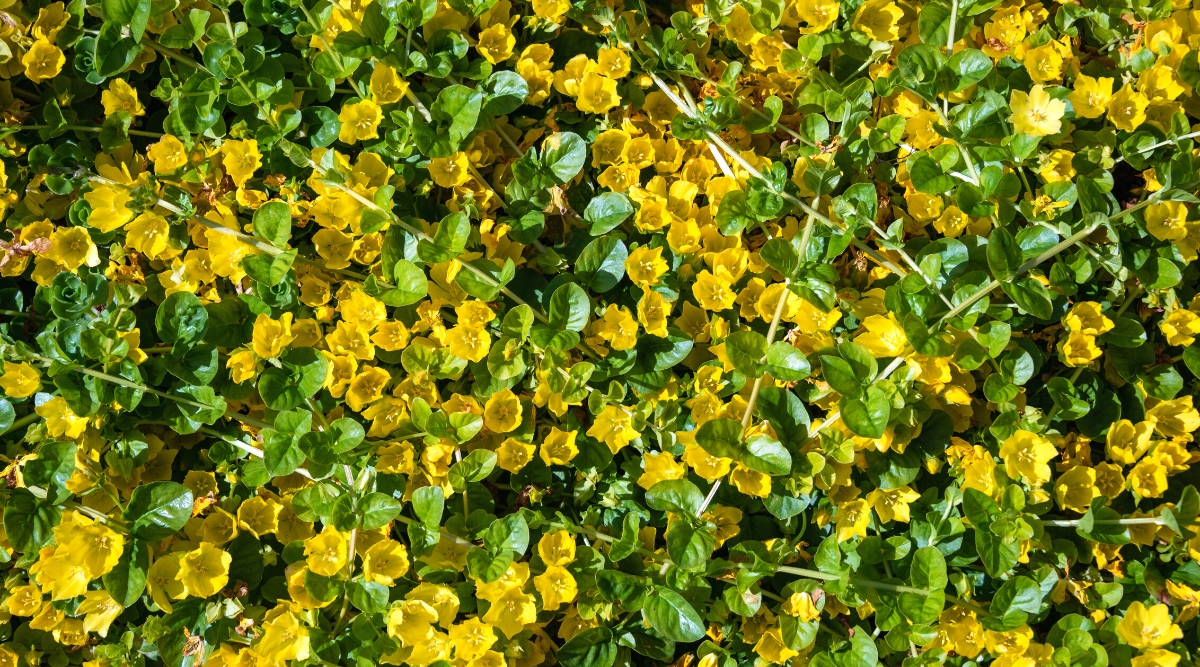

Prized for its chartreuse coloring and sturdiness, creeping Jenny tolerates heavy foot guests and returns faithfully yr after yr (whether or not or not you want it to or not). It’s an herbaceous perennial nonetheless stays semi-evergreen all through winter in hotter zones.
Creeping Jenny grows most interesting in full photo voltaic and prefers moist to dry circumstances, nonetheless has confirmed adaptable to a variety of rising circumstances. It produces one-inch yellow flowers in summer season which may be engaging to pollinators.
Sedum
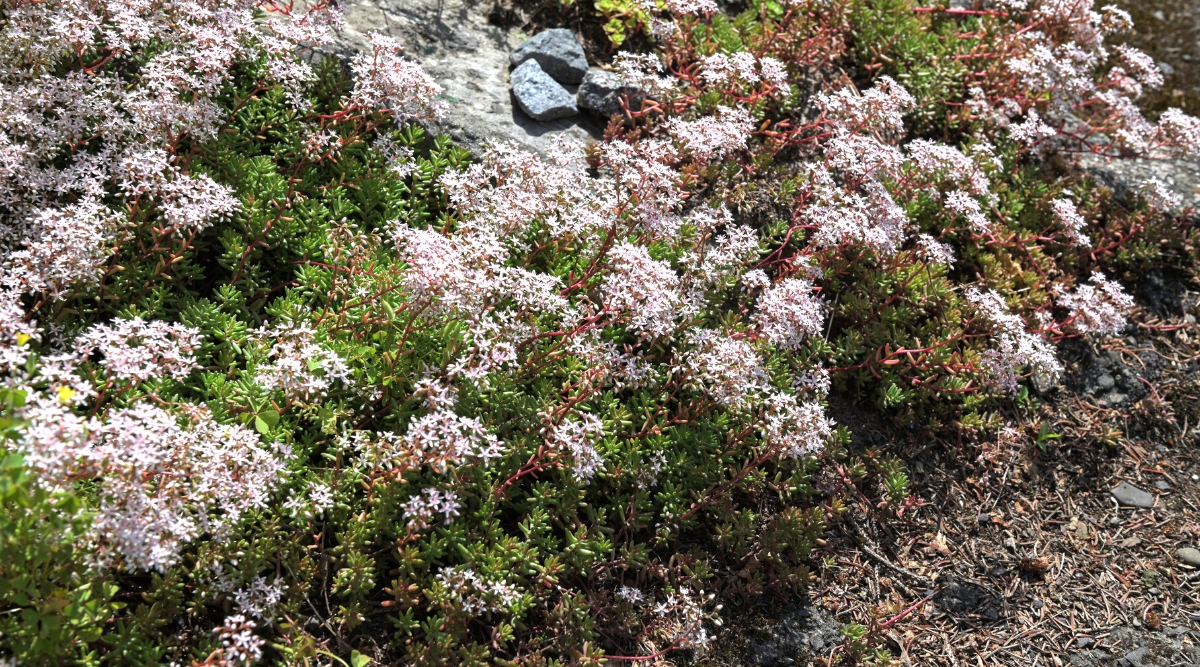

There are pretty various sedum species that perform properly as a flooring cowl. Commonly known as ‘stonecrop’ for its tendency to thrive in dry, rocky soil, sedum vegetation are a wide variety for gardeners in scorching, arid areas the place grass lawns could not even be an chance. ‘Murale,’ ‘Cascade,’ and ‘Angelina’ are among the many many hottest flooring cowl varieties.
Sedum leaves are succulent-like with fleshy lobes that retain moisture. They arrive in an assortment of greens, browns, and reds. Branches sprawl horizontally and set roots into the soil, making a colony. Some have small flowers in summer season, whereas others let their leaves do the talking. Although not supreme for heavy foot observe, flooring cowl sedum maintains a continuing, engaging look for lots of the season.
Creeping Thyme
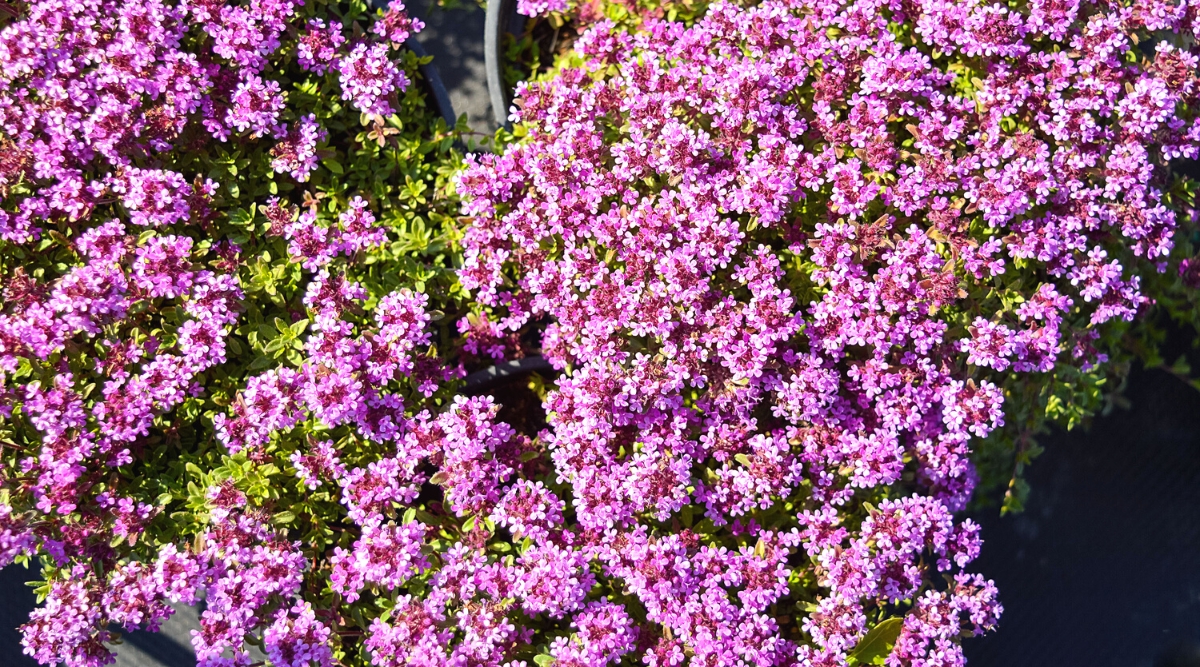

A creeping thyme backyard is unique and fragrant. This flooring cowl is semi-durable, which implies it may presumably cope with common foot guests, and has woody stems that creep and set roots as they unfold. Leaves are small, fuzzy, and blue to inexperienced in coloration, counting on the cultivar. Flowers are tiny and tubular, exhibiting in dense clusters on prime of leaves from June to September.
Creeping thyme prefers dry, rocky soil and will not thrive in low, moist areas. It’s moderately low-maintenance nonetheless will revenue from a cutback on the end of the season. It spreads quickly to cowl an enormous house, which may be nice or dangerous, so maintain that in ideas.
Sheet Moss
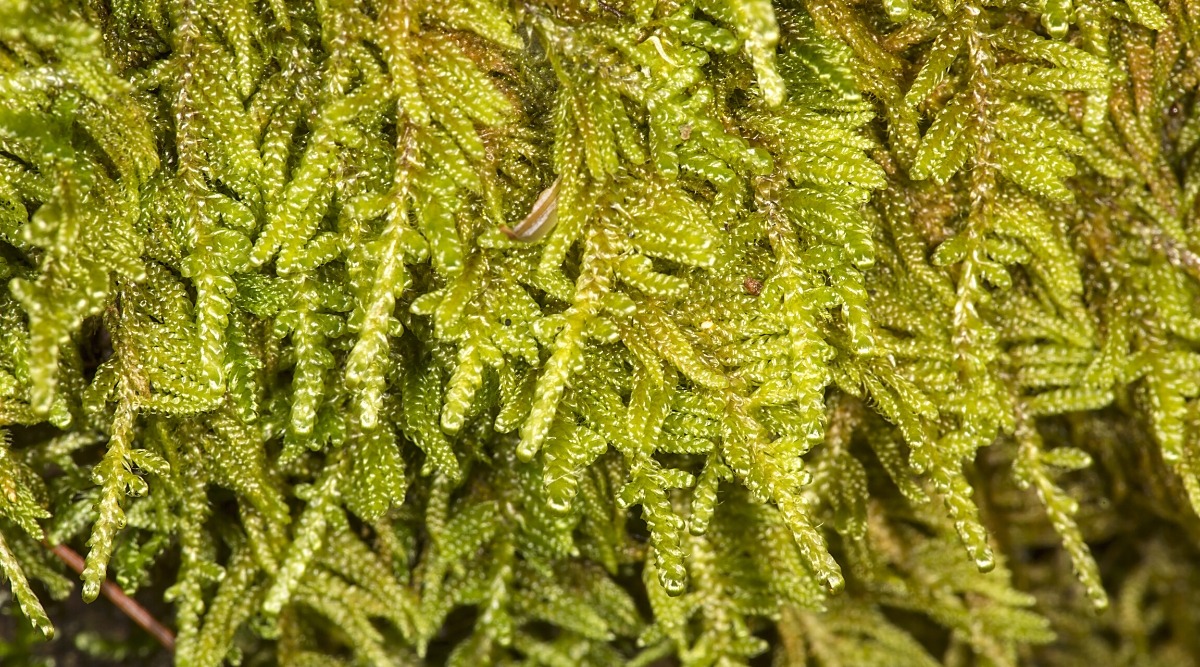

That’s your most interesting guess for a backyard completely different that can tolerate shade. Sheet moss is simply not supreme for heavy foot guests, nonetheless it may keep up beneath common use. It’s mushy, springy, and beautifully inexperienced year-round.
Most mosses select acidic soil so check out yours sooner than planting and amend it to understand a level someplace between 5 and 5.5. Moss spreads slowly, so be affected particular person and be able to tug weeds spherical it for various years.
Seen Deadnettle
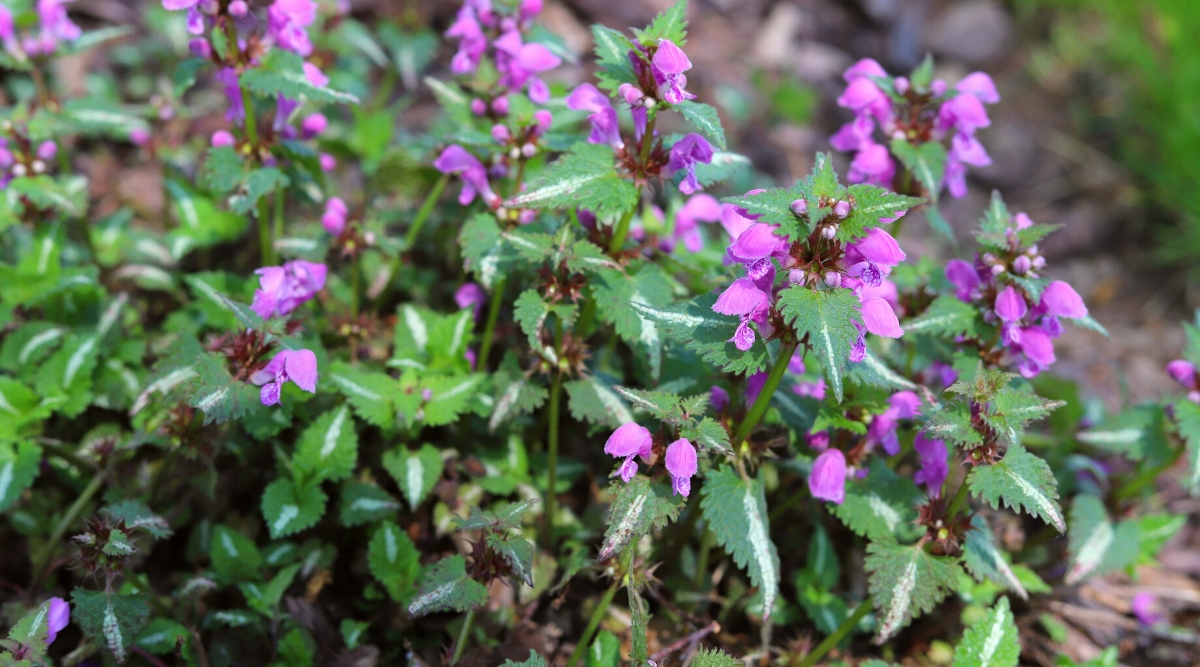

One different shade-tolerant species, seen deadnettle is barely taller than completely different selections, making it a good various for uneven surfaces nonetheless a poor various for frequently use. Leaves are toothed, shiny, and mint-like. Some varieties are variegated and others have a blueish tint.
Deadnettle flowers are small and can be found in shades of purple, white, and pink. They bloom prolifically from late spring to early summer season and are very helpful to pollinators. Check alongside along with your native yard extension to confirm this one is not in your space’s invasive guidelines. It is thought-about a nuisance plant in areas with cool, darkish forest flooring.
Closing Concepts
For many who’d prefer to put in a flooring cowl backyard, begin by adjusting your considered what a backyard ought to look like. For many who can put aside the notion {{that a}} backyard must be glorious and uniform all the time, you’ll be off to a superb start.
Evaluation top-of-the-line flooring cowl vegetation in your zone, photo voltaic, and soil circumstances, and be able to deal with the unfold responsibly. Lastly, within the occasion you’re having trouble giving up grass altogether, take into consideration setting a small patch of typical turf aside for teenagers and canines nonetheless altering nearly all of your property with a further eco-friendly completely different.
[ad_2]
Provide hyperlink
